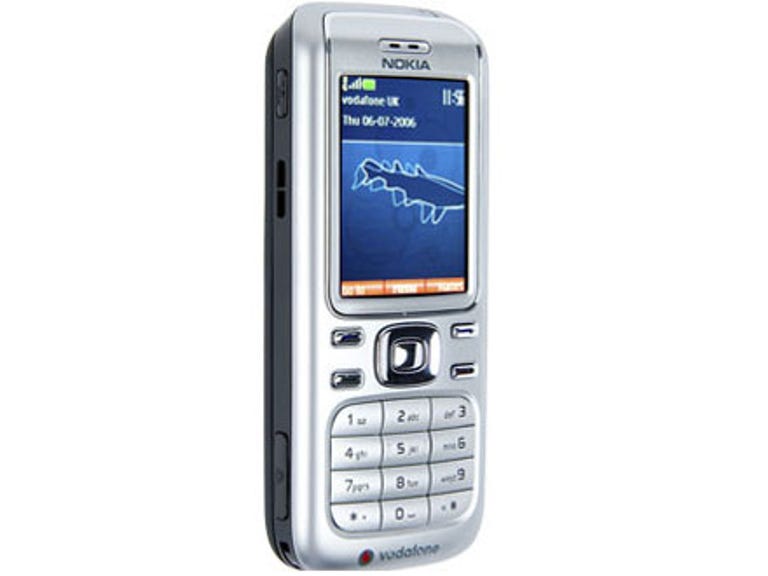 Why You Can Trust CNET
Why You Can Trust CNET Nokia 6234 review: Nokia 6234
The Vodafone-exclusive Nokia 6234 is a capable, music-centric mobile phone that performs its core tasks well. At the same time, it's really nothing that exciting.
Design
The Nokia 6234, exclusive to the Vodafone network in Australia, is a very simple candybar form factor 3G mobile phone, with a pleasant and minimalist design. It measures in at 47 by 18 by 108 millimetres and weighs a scant 108 grams, making it a smallish 3G phone. That sense of small scale is contrasted starkly with the dialling buttons, which are quite large for a phone of this size. If you're constantly stabbing at the wrong buttons on other phones, the 6234's nicely chunky buttons could be very appealing.
The Good
The Bad
The Bottom Line
Beyond the standard dialling buttons and a five-way directional control surrounded by four option buttons, there's not much that's truly exceptional about the 6234's interface. Buttons for volume control, voice memos and the phone's 2-megapixel camera adorn the sides of the phone, and the rear of the unit houses the camera itself, displayed in a style similar to the pseudo-Cybershot look of many Sony Ericsson phones.
Features
The 6234 is a 3G mobile phone with a particular stated focus on music playback along with its more usually accepted phone functions. That translates into support for WMA, AAC, MP3 and M4A audio playback through the 6234's tiny stereo speakers, through the provided cabled headphones, or out via Bluetooth to a compatible stereo headset.
The camera that sits on the back of the 6234 is a 2-megapixel model with an 8x digital zoom. As always, you'll get better results doing post-processing zoom on your pictures, but in the case of mobile phone happy snaps, it's not a terrible feature to have. It's also capable of video capture, albeit at a quite low resolution. With 3G functionality in mind, however, it's worth noting that there's only a single camera on the back of 6234, and none on the front. The practical upshot of this is that during video calls you'll be able to either show your caller your face, but not see theirs, or see your caller, and present them with a stunning view of the floor. There's probably a great reality TV show in that concept, but it makes for irksome video calling.
Performance
There's no getting past the fact that the 6234 is a basic phone, and as a basic phone it worked well during our testing. Battery life is rated by Nokia at up to 340 hours standby and 3 hours talk time; we found that we had to recharge it around every three days, or more frequently if we made extensive use of the music playback features.
Vodafone's own promotional material for the 6234 touts it as being capable of storing up to 1,000 music tracks. That's an impressive enough figure for a phone, but it does bear closer examination. The first thing to bear in mind is that the provided internal memory is extremely low, at 6MB. Vodafone's own figures for the MP4 music tracks that the 6234 uses suggests that songs should clock in at around 1.5-2MB each; that's a whopping four songs on the internal memory if you're lucky. It does accept MicroSD cards up to 2GB, which is presumably where the 1,000 songs figure comes from.
At the same time, bearing in mind the charges associated with downloading music from the Live service, you could pay an awful lot for your music. As an example, we were charged $2.79 per track for every music track we tested with. Filling a 2GB card, that'd come to a whopping $2790 to fill it up with music from Vodafone Live. Does anyone have that kind of money to just burn? Admittedly, the current trend for capped plans does mitigate this somewhat, but there's no absolute guarantee that capped plans will stay with the market forever, especially once the transition to 3G style services is complete and competition dies down somewhat. Music can be transferred to and from the phone via a USB cable, but there's none provided in the box, so we were unable to test this particular feature.


